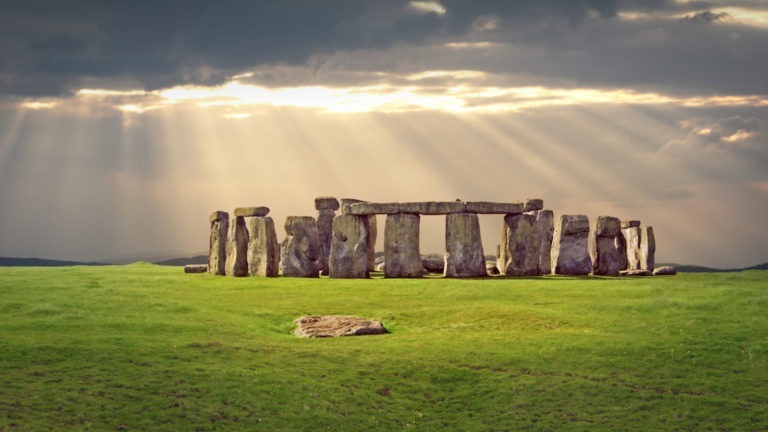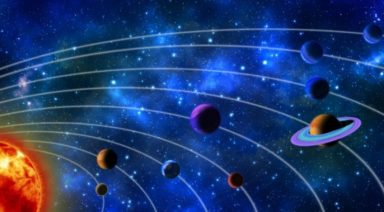Make a Traditional Dreamcatcher With This Simple DIY Tutorial

Seeing so many dreamcatchers in folks’ decorations these days might leave you wondering, but in case you were curious, yes, they are an authentic American Indian tradition from the Ojibway (Chippewa) tribe. These native people would tie sinew strands in a web around a small round or tear-shaped frame and hang this as a charm to protect sleeping children from nightmares. Famously, the legend is that the bad dreams will get caught in the dreamcatcher’s web.
During the pan-Indian movement in the 60’s and 70’s, Ojibway dreamcatchers grew in popularity in other Native American tribes, even among the Cherokee, Lakota, and Navajo. Today, they’re highly popularized among the younger set for their trendy aesthetic value. This increased fame doesn’t lessen the tradition and history the dreamcatcher possesses, however.
In long-held custom, the dreamcatcher was intended to protect the sleeping individual from negative dreams, while letting positive dreams through. The positive dreams would slip through the hole in the center of the dream catcher, and glide down the feathers to the sleeping person below. The negative dreams would get caught up in the web, and die when the first rays of the sun struck them.
Whether you believe that the dreamcatcher has these powers or not, when used properly, it can be a wonderful charm of positive energy and a way to honor the metaphysical traditions of Native Americans. Rather than cheapening the tradition, you can use this powerful symbol for yourself, rather than selling it as kitschy souvenirs. It can also have a subconscious effect on your mind, which can lead to more restful nights.
Either way, they are a beautiful symbol worthy of respect.
Here’s your guide to making your own, customizable dreamcatcher. Traditional dreamcatchers use feathers, bone, and beads, but you can see what works for you. Try stringing beads of power crystals that you resonate with the most, or leaves of herbs that have a strong, positive effect on you. Be careful when experimenting, however, as this traditional dreamcatcher can be rather delicate!
The Frame
- Start with a 2-6 foot length of fresh red willow (red osier dogwood) or soaked grapevine (you can find this in most arts and crafts stores).
- Carefully bend the vine around to form a circle with a 3-8 inch diameter. You can adjust the diameter to whatever length you want, but note that traditional dreamcatchers are usually no bigger than an adult’s hand.
- Once you have made the circle, twist the remaining length around the circle to reinforce the hoop.
- Use 4-16 feet (depending on the diameter of your hoop) of strong, thin string to knot a loop in one end from which you will hang the dreamcatcher. Tie the hanging loop around the top of your dreamcatcher, or at the weakest point of your hoop.
The First Stitch

- The dream catcher repeats the same stitch from start to finish. To start, hold the string and place it loosely over the top of the hoop. Move the string around to the back of the hoop (forming a hole) and pull the string back through the hole you just made.
- Pull each stitch taught, but not too tight or it will warp the hoop of the dream catcher, and it will not lie flat when it is done. You can also add decorations that either tie or loop into the stitches, such as beads.
- Continue the same stitch for the first round around the hoop of the dream catcher. Space the stitches evenly, about 1 ½ to 2 in. apart (making 7 to 13 stitches around the hoop).
- The last stitch of the first round should be placed about a half inch away from the hanging loop.
The Second Stitch

- On the second and subsequent stitching rounds, place the string around the center of each stitch from the previous round (rather than around the hoop).
- As you pull each stitch tight, the string from the previous round should bend towards the center of the hoop slightly, forming a diamond shape. You should see the spider web beginning to form.
- On the third or fourth round add a bead to represent the spider in the web. Simply place the bead on your string and continue stitching as usual.
- Continue stitching towards the center of the hoop. Eventually, the stitches become so small that it is difficult to pass the string through. Make sure you leave a hole in the center of the dreamcatcher.
- Stop stitching at the bottom of the hole in the center of the dream catcher. End by stitching twice in the same place, forming a knot, and pull tight.
Decorating

- You should have 6 – 8 in. of string to tie 2 or 3 feathers which dangle from the center of the dreamcatcher. Tie on 2 or 3 feathers and knot.
- Wrap a 1 in. square of felt or fabric around the knot of string and over the base of the feathers. Tie two 4 In. pieces string around the wrapped felt.
- Hang over sleeping place. Sweet dreams!
Ancient Traditions To Help You Celebrate Summer Solstice

The summer solstice marks the longest day of the year, during which the axial tilt of the Earth puts the western hemisphere closest to the Sun. For time immemorial, it has been a day of celebration for many cultures across the world. But if you’re unsure of how to celebrate the summer solstice of 2019, here are some of the ancient rituals and celebrations practiced by our ancestors on the midsummer’s night.
Summer Solstice Meaning
The word solstice comes from the Latin words “sol,” meaning sun, and “stitium” or “sistere,” meaning still or stopped. In ancient times, our ancestors likely used this day as a marker to decide when to plant crops, noticing that the sun switched from a southward to northward trajectory in the sky.
But more importantly, the solstice was a time of celebration and a break from the norm. Many cultures believed that magic took place on the night of the summer solstice, with fairies showing themselves to humans, while evil spirits were dispelled from their lives.
Ancient Festivities on the Summer Solstice
In ancient Greece, the summer solstice marked the start of a new year and the month-long countdown to the Olympics. The Greeks also observed the festival of Kronia, during which they worshipped Cronus, the god of agriculture. At this time slaves were given equal rights to their owners, who allowed them to participate in games and festivities, sometimes even reversing roles and serving them – it was undoubtedly a welcomed holiday.
In ancient Egypt, the summer solstice represented the coming of the brightest star, Sirius. Not long after, the Nile would begin to flood its banks, marking a season of abundance from the land. The Egyptians believed Sirius was responsible for the floods and considered it the start of a new year.
The ancient Romans celebrated the festival of Vestalia, in honor of the goddess of the hearth. Married women brought offerings to the temple of Vesta, hoping the goddess would bestow blessings upon their families. Vesta was the protector of married women and virginity, and was exclusively a goddess for women.
In addition to the offerings made in Vesta’s temple, women would bake a sacred cake, which followed a strict recipe. Water from a sacred spring would be used, and prevented from coming into contact with the Earth, as it was carried in blessed jugs.




































